ART HISTORY FLIP CARDS
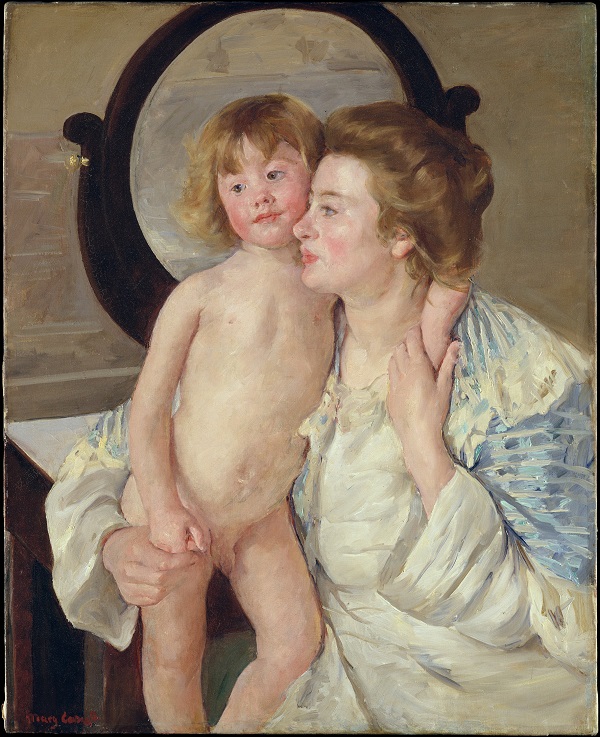
Here, Cassatt underscored the importance of the maternal bond by evoking religious art. The woman’s adoring look and the boy’s sweet face and contrapposto stance suggest Italian Renaissance images of the Virgin and Child, a connection reinforced by the oval mirror that frames the boy’s head like a halo.
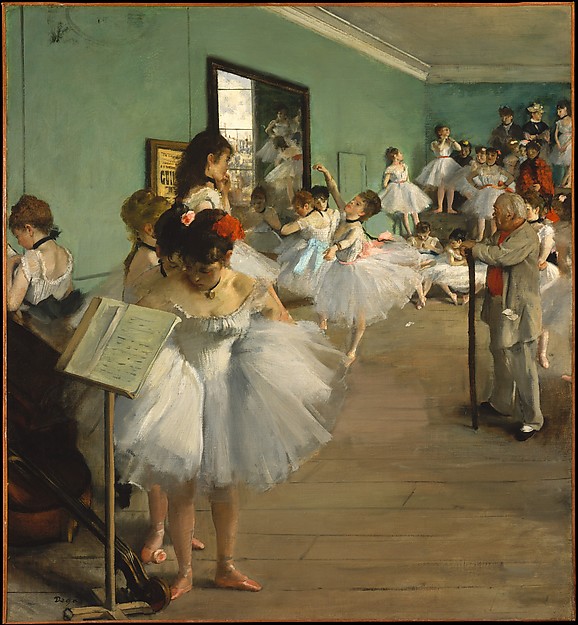
This work represents one of the most ambitious paintings Degas devoted to the theme of the dance. Ballerinas and their mothers, wait while a dancer executes an "attitude" for her examination. On the wall beside the mirror, a poster for pays tribute to the singer Jean-Baptiste Faure, who commissioned the picture.
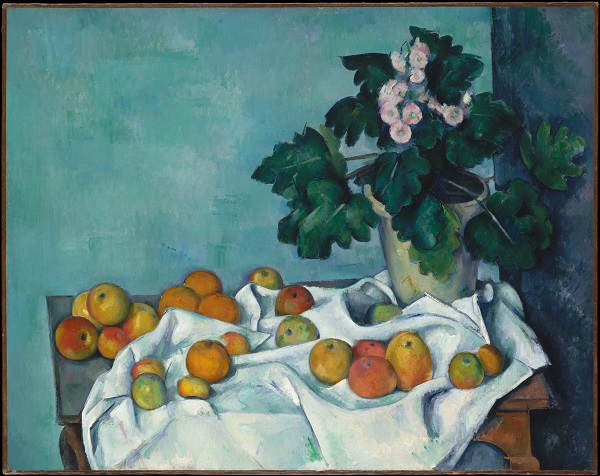
Cézanne rarely painted flowering plants or fresh-cut bouquets, which were susceptible to wilting under his protracted gaze. He included potted plants only in three still lifes, he seems to have reserved this particular table, with its scalloped apron and distinctive bowed legs, for three of his finest still lifes.
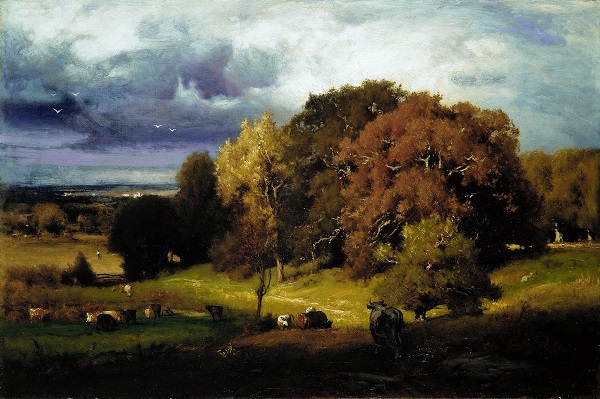
The composition of this picture is splendidly orchestrated. His experience of painting in Italy and France led him toward coherent arrangements in which a single motif dominates. Here the sunlit trees dominate, their richness intensified by the deep foreground of shadow and blue violet tones of the lowering sky.

Critics had earlier praised the "brio and daring" of Monet’s technique when he showed this still life, depicting sunflowers that grew along the pathway to his garden at Vétheuil, at the 1882 Impressionist exhibition.
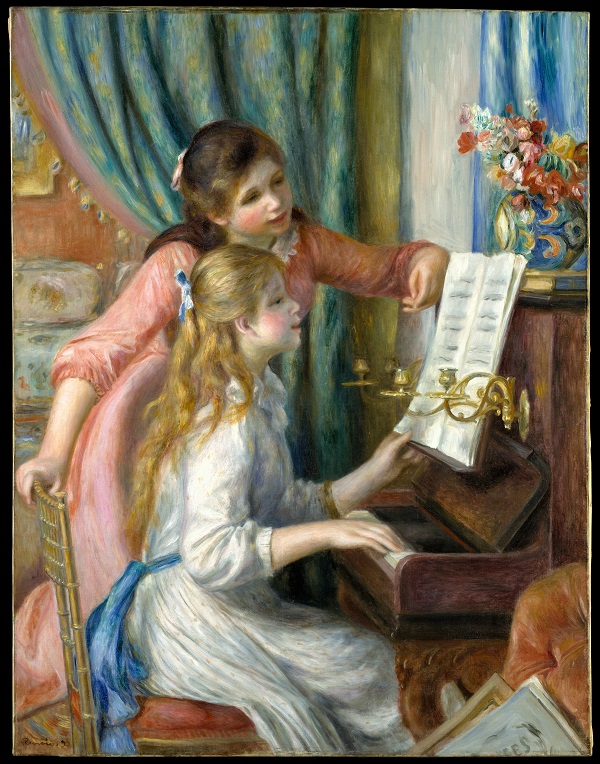
Renoir was asked to execute a painting for the Musée du Luxembourg. Renoir lavished extraordinary care on this project, developing and refining the composition in a series of five canvases. This painting has long been regarded as one of the most accomplished variants of this intimate and engaging scene of bourgeois domestic life.
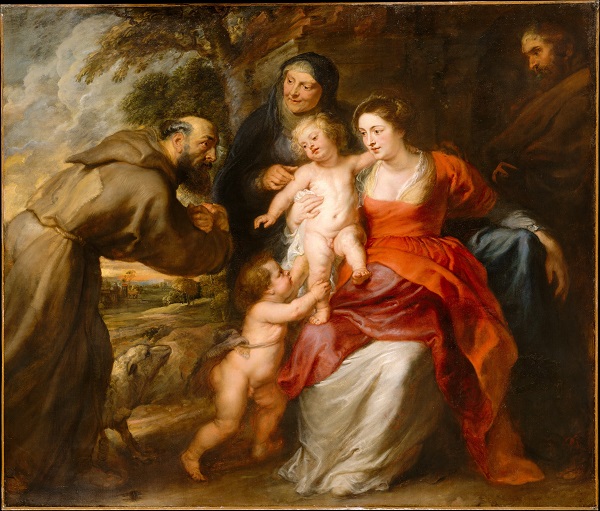
An ecstatic Saint Francis adores the infant Christ, who appears in this warm-hearted vision with the Virgin Mary, her mother Saint Anne, a subdued Saint Joseph, and a playful young Saint John the Baptist.
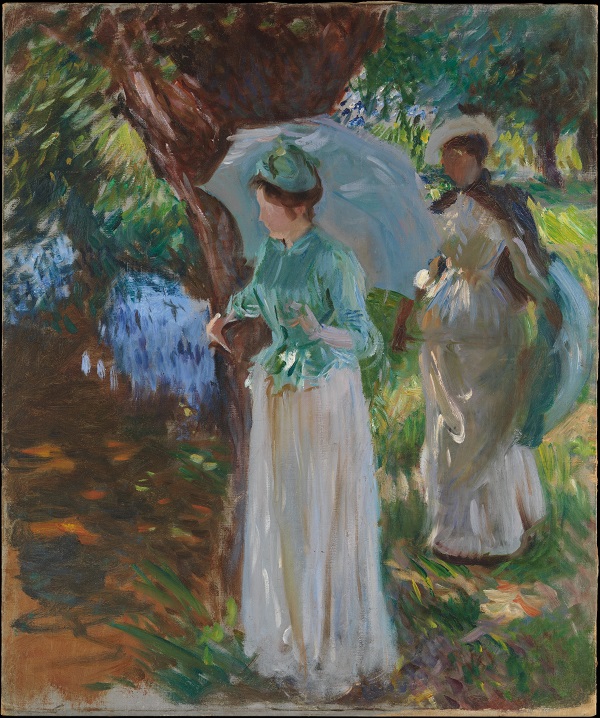
Beginning in 1885, Sargent often visited Claude Monet, and he was inspired, over the next few years, to create Impressionist landscapes, boating scenes, and figure subjects. This unfinished canvas reflects the French master’s influence. It depicts the artist’s sister Violet, in the foreground, and a friend during a walk in the country.

Cypresses gained ground in Van Gogh’s work by late June 1889 when he resolved to devote one of his first series in Saint-Rémy to the towering trees. Distinctive for their rich impasto, his exuberant on-the-spot studies include this majestic horizontal composition. Van Gogh regarded the work as one of his “best” summer landscapes.